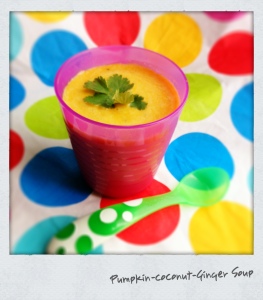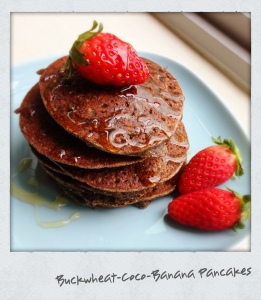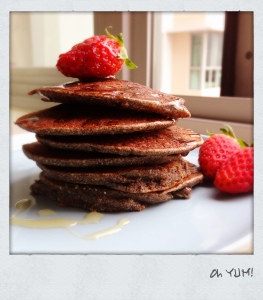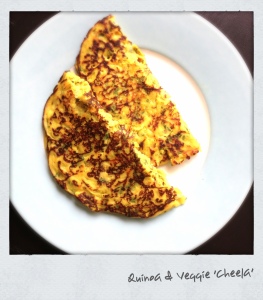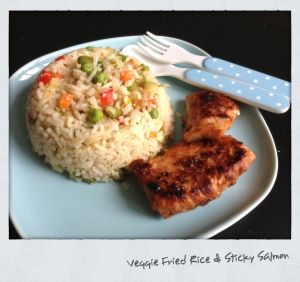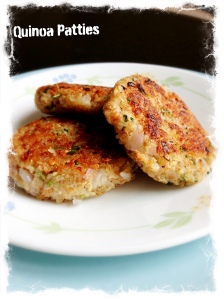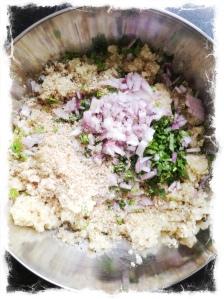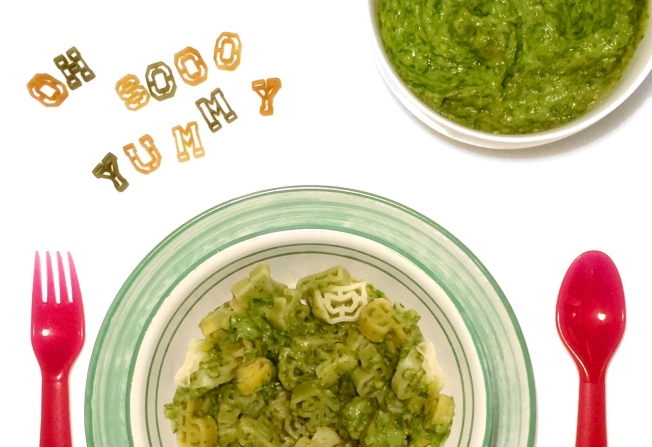
Avocado Pesto.. its one of those things that once you have tried it, you might not want to make traditional pesto again =D
This recipe has been a hit with my little girl for as long as I can remember and the only thing that has changed in the last 4 years, is the size/ shape of the pasta that has evolved with her changing preferences.
The recipe is simple, easy and best of all, you can whip up a large batch when you find great avocados and basil and simply freeze it into portions to use later. I have frozen this pesto for up to a month and although the top layer does darken just a wee bit, it was just as creamy and delicious as the day I first made it. It really is a great way to incorporate avocados into your baby/ child’s diet.
The recipe in the featured photographs is dairy-free & nut-free. I occasionally add toasted pecans or pine nuts and some grated parmesan cheese if I have those handy.
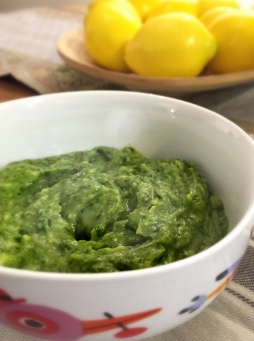 Nutrition note: Avocado is a hi-fiber superfood rich in Vitamin B &K, Potassium, Folate and Copper. It is a great source of mono unsaturated (good) fats and is great for good hair and skin health.
Nutrition note: Avocado is a hi-fiber superfood rich in Vitamin B &K, Potassium, Folate and Copper. It is a great source of mono unsaturated (good) fats and is great for good hair and skin health.
Ingredients:
- 2 cups fresh Italian basil leaves
- 2 medium avocados
- 1 or 2 cloves garlic, peeled
- 6-7 tbsp extra virgin olive oil
- Sea salt & cracked black pepper, as per taste
- 1/2 lemon
Optional additions: 1/4c. of toasted chopped pecans OR 1/4c. of toasted pine-nuts + 1/4c. grated Parmesan cheese. You will need a little more olive oil to thin out the pesto if you add the nuts and cheese.
To make:
- Wash the basil leaves gently and pat dry with a paper towel. Slice the avocado in half and remove and discard the seed.
- Transfer the basil leaves into the jar of your food processor. Scoop out the avocado flesh into the food processor and add the peeled garlic
- Lock the lid in place and ‘pulse’ 4 or 5 times till the basil is chopped up into small pieces. Scrape down the sides of the food processor.
- Add the olive oil, sea salt and cracked pepper and a nice squeeze of lemon juice and puree the mix till the pesto is creamy and smooth.
Stir a generous dollop of this pesto through your child’s favourite type of pasta and top with grated Parmesan cheese! So good!!
Tip: Dress up this simple dish using cherry tomatoes,sauteed mushrooms or steamed corn kernels … Or …diced grilled chicken … Or …K’s favourite…bite sized chunks of poached salmon to make this into one delicious, healthy, power-packed meal for the kids and grown ups alike!
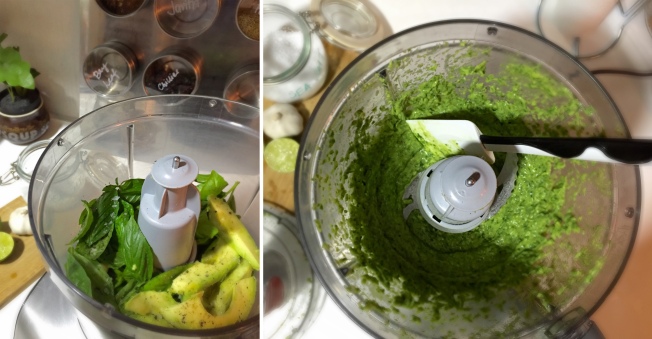
 The past week has been exhausting with the house move, K on a week-long break from school and of course endless list of errands that piles up from a combination of these two. As we finally have our wi-fi up and running and Keya is back at school, here I am dutifully posting the recipe I promised for these amaaaazing biscuits.
The past week has been exhausting with the house move, K on a week-long break from school and of course endless list of errands that piles up from a combination of these two. As we finally have our wi-fi up and running and Keya is back at school, here I am dutifully posting the recipe I promised for these amaaaazing biscuits.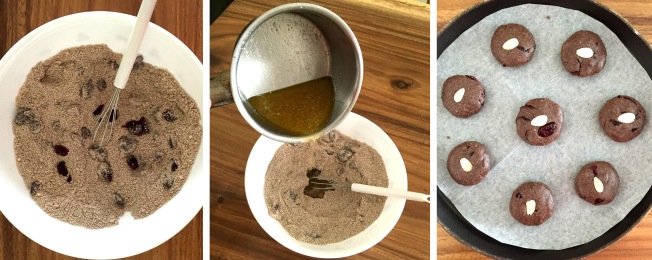

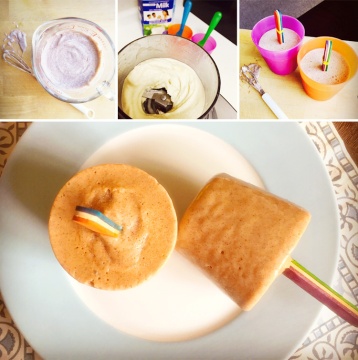
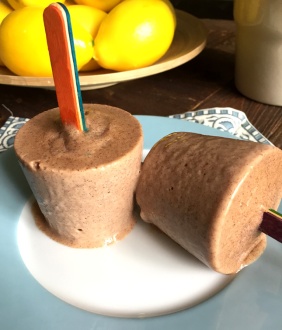
 This creamy breakfast smoothie is a regular in our household and one that you really must try out the next time you buy avocados. Not only is it super healthy and downright delicious, but I had Keya asking me for ‘some more please’ when she was done. Doesn’t it just warm your heart when your child genuinely appreciates what you cooked for them? It is such an easy recipe to whip up on a busy weekday morning and a great way to feed avocado to a child who might otherwise resist eating plain avocado. I added a small pinch of cocoa powder for a richer brown colour. Feel free to leave this out if you want 🙂
This creamy breakfast smoothie is a regular in our household and one that you really must try out the next time you buy avocados. Not only is it super healthy and downright delicious, but I had Keya asking me for ‘some more please’ when she was done. Doesn’t it just warm your heart when your child genuinely appreciates what you cooked for them? It is such an easy recipe to whip up on a busy weekday morning and a great way to feed avocado to a child who might otherwise resist eating plain avocado. I added a small pinch of cocoa powder for a richer brown colour. Feel free to leave this out if you want 🙂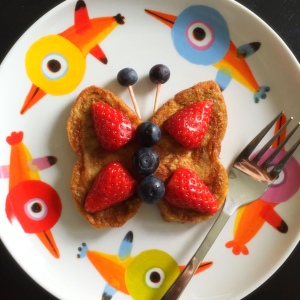 Hmm. It has been a rather long time since my last post. But boring you guys with the sad story of how every blogger faces writers block (sometimes for
Hmm. It has been a rather long time since my last post. But boring you guys with the sad story of how every blogger faces writers block (sometimes for 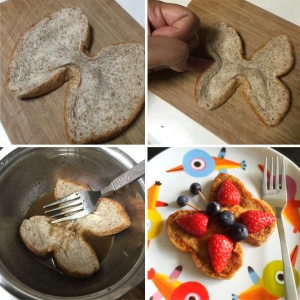 Ingredients:
Ingredients:
